Lotus launches its first full-electric zero-emission hypercar
Taking inspiration from aerospace, racing cars, and natural forms, does the Evija signal a beautiful rebirth?
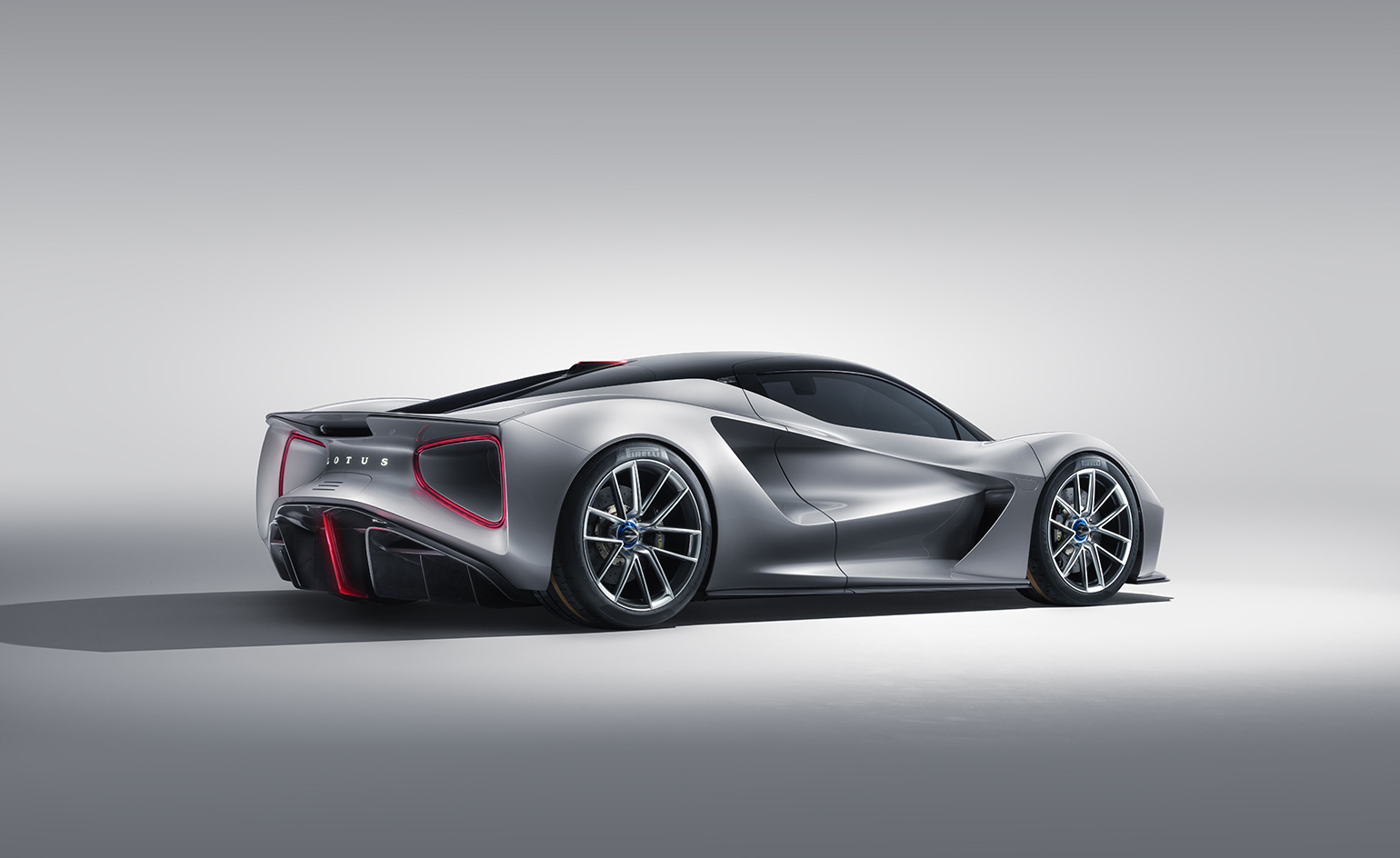
It’s been awhile since an all-new Lotus sports car was launched – the last one was the Evora back in 2009 – so it’s fair to say that the global unveil of the legendary brand’s first full-electric, zero-emission hypercar in London was a major event. More than just a new model, it reflects a new dawn for the recently underperforming marque, and will be the first of a range of new vehicles backed by the financial and tech clout of Geely – the Chinese group that successfully turned around Volvo and which bought a controlling stake in Lotus in May 2017.
Called the Evija – continuing a long line of E-named Lotus cars – the 2,000hp two-seater is not one for the masses – it currently tops the rankings as the world’s most powerful. Prices reflect this – at £1.5m plus local taxes, only up to 130 examples are planned with deliveries starting next year. Subsequent Lotus models, rumoured to include smaller sports cars and even an SUV will follow, bearing more down to earth price tags.
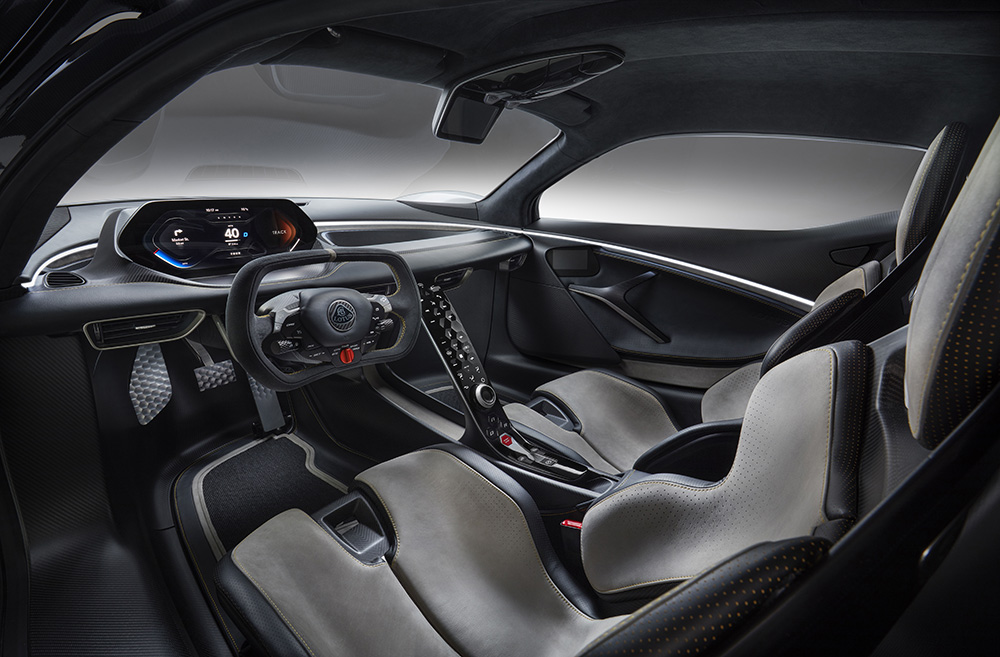
Seen up close at the global reveal, the completed Evija looks to be a fantastically well-built vehicle, bristling with technology and aesthetic elegance. As Anthony Bushell, head of exterior design at Lotus told us on the sidelines of the event: ‘It’s easy to do a shocking supercar, but beauty was always as high up our agenda as technology.’
Taking inspiration from aerospace, racing cars, natural forms and the possibilities created by the electric powertrain, head of design Russell Carr and his team have created an incredibly low-slung vehicle – just 1,122mm high – and full of organic shapes (and shapely holes). As Carr explains: ‘We needed downforce as this is an extremely high-performance car. We have developed the trend you see in a lot of Le Mans cars, where the airflow is managed not only over the car’s surfaces but also through the car too. That gave a really interesting sculptural opportunity. At the rear of the car you get the killer view of it.’
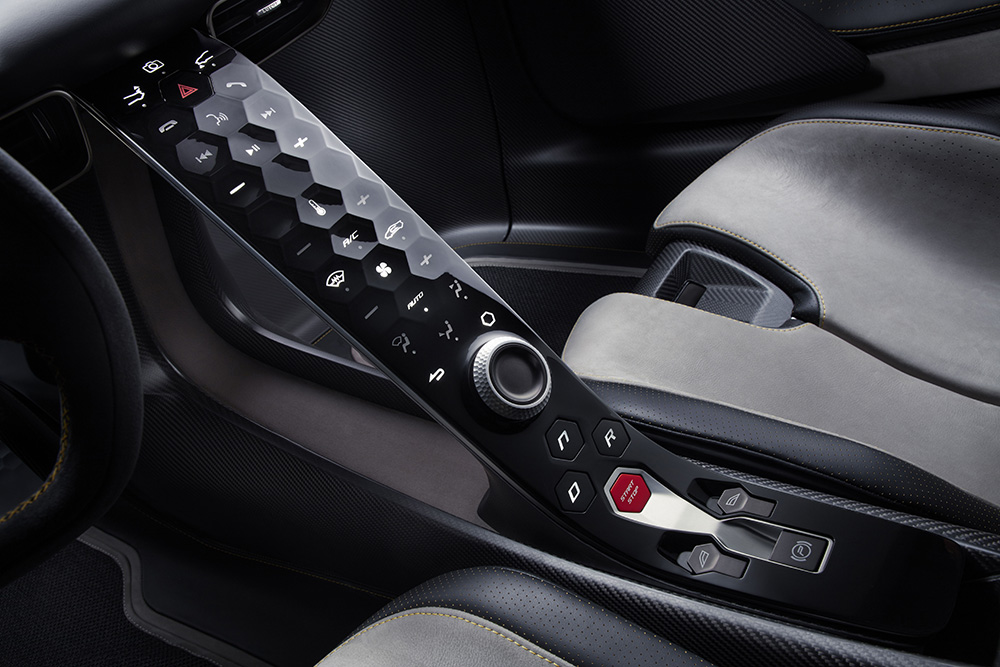
Carr is referring to the aero-enhancing twin tunnels which start as deep holes carved in the side of the Evija and are designed to channel air through the car and out at the rear as indicated by two massive red LED-lit rings – akin to the look of a jet engine’s after burners, but thankfully without the associated fire. The Evija will still be rapid. With four wheel-drive and eight times more power than a Formula E race car, its 0-62mph target is sub-three seconds and 0-186mph in under nine. Be more gentle with the throttle and Lotus says a 250-mile range will be possible from the 70 kWh battery mid-mounted on the one-piece carbon fibre monocoque chassis in a pyramid-style formation behind the cabin.
Talking of which, the Evija’s interior is also a technical marvel. Embedded within a floating structural instrument panel beam is a single digital display in front of the driver with an angled centre stack featuring ‘haptic-optimised’ hexagonal craters. The look is nothing if not distinctive. With small deployable cameras instead of wing mirrors to relay the rearward view to two interior screens on the inside of dramatic doors which open up and outward, the Evija has incredible interior features that are a match for its under-bonnet performance and dramatic exterior aesthetics. As Carr concludes: ‘It’s pure and minimalist but not raw like a race car, it still has to feel like a luxury vehicle.’ It does.
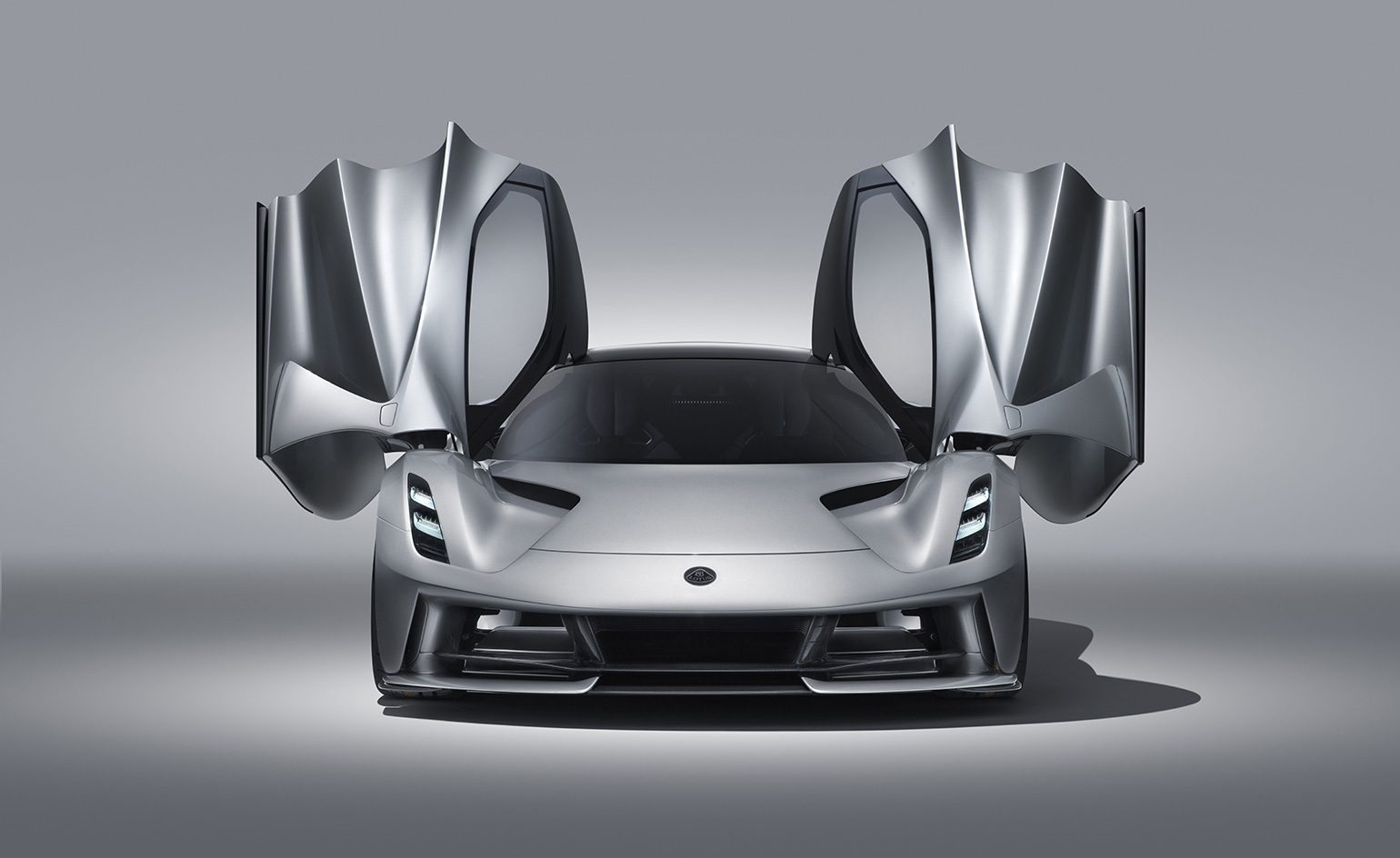
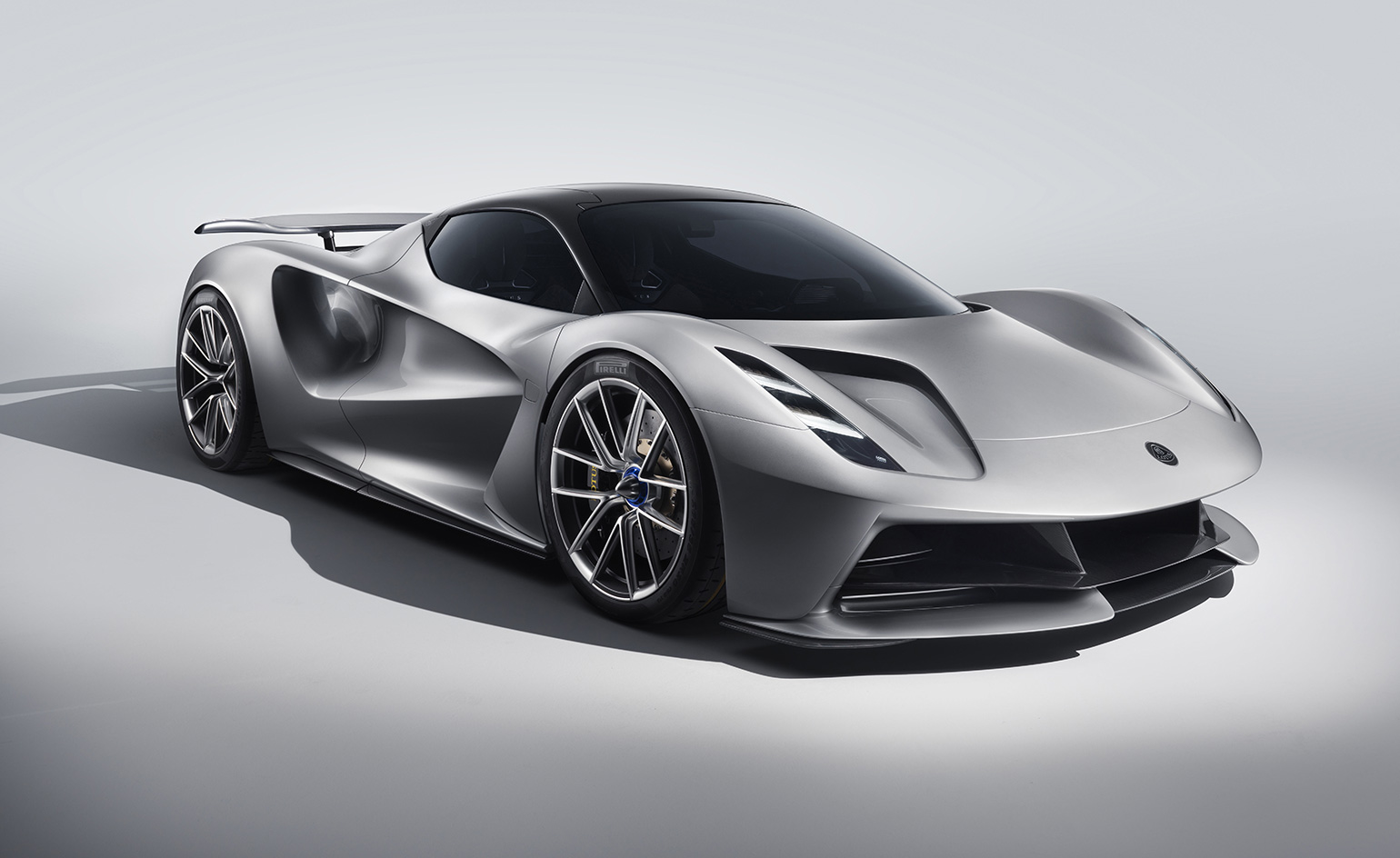
INFORMATION
Wallpaper* Newsletter
Receive our daily digest of inspiration, escapism and design stories from around the world direct to your inbox.
Guy Bird is a London-based writer, editor and consultant specialising in cars and car design, but also covers aviation, architecture, street art, sneakers and music. His journalistic experience spans more than 25 years in the UK and global industry. See more at www.guybird.com
-
 All-In is the Paris-based label making full-force fashion for main character dressing
All-In is the Paris-based label making full-force fashion for main character dressingPart of our monthly Uprising series, Wallpaper* meets Benjamin Barron and Bror August Vestbø of All-In, the LVMH Prize-nominated label which bases its collections on a riotous cast of characters – real and imagined
By Orla Brennan
-
 Maserati joins forces with Giorgetti for a turbo-charged relationship
Maserati joins forces with Giorgetti for a turbo-charged relationshipAnnouncing their marriage during Milan Design Week, the brands unveiled a collection, a car and a long term commitment
By Hugo Macdonald
-
 Through an innovative new training program, Poltrona Frau aims to safeguard Italian craft
Through an innovative new training program, Poltrona Frau aims to safeguard Italian craftThe heritage furniture manufacturer is training a new generation of leather artisans
By Cristina Kiran Piotti
-
 2025 Seoul Mobility Show report: all that's new and notable
2025 Seoul Mobility Show report: all that's new and notableOpened at a time of high national drama, the 2025 Seoul Mobility Show has gone on to underscore Korea’s place at the cutting edge of the auto industry. Guy Bird was there
By Guy Bird
-
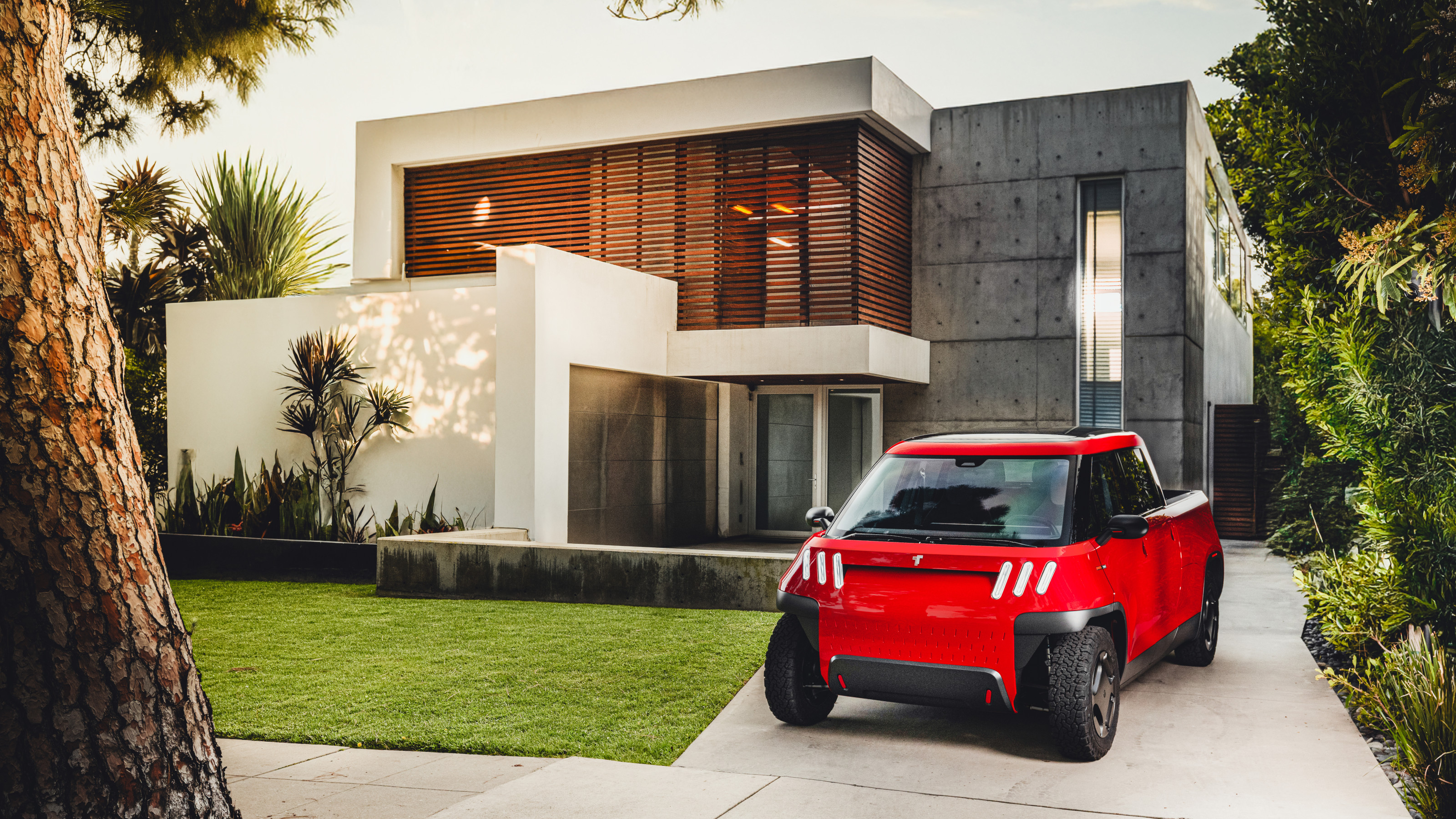 Meet the final drivable prototype of the Telo MT1 pickup truck, shaped by Fuseproject
Meet the final drivable prototype of the Telo MT1 pickup truck, shaped by FuseprojectThe Telo MT1 is a modestly scaled EV that turns the traditional all-American approach to pick-up truck design on its head
By Jonathan Bell
-
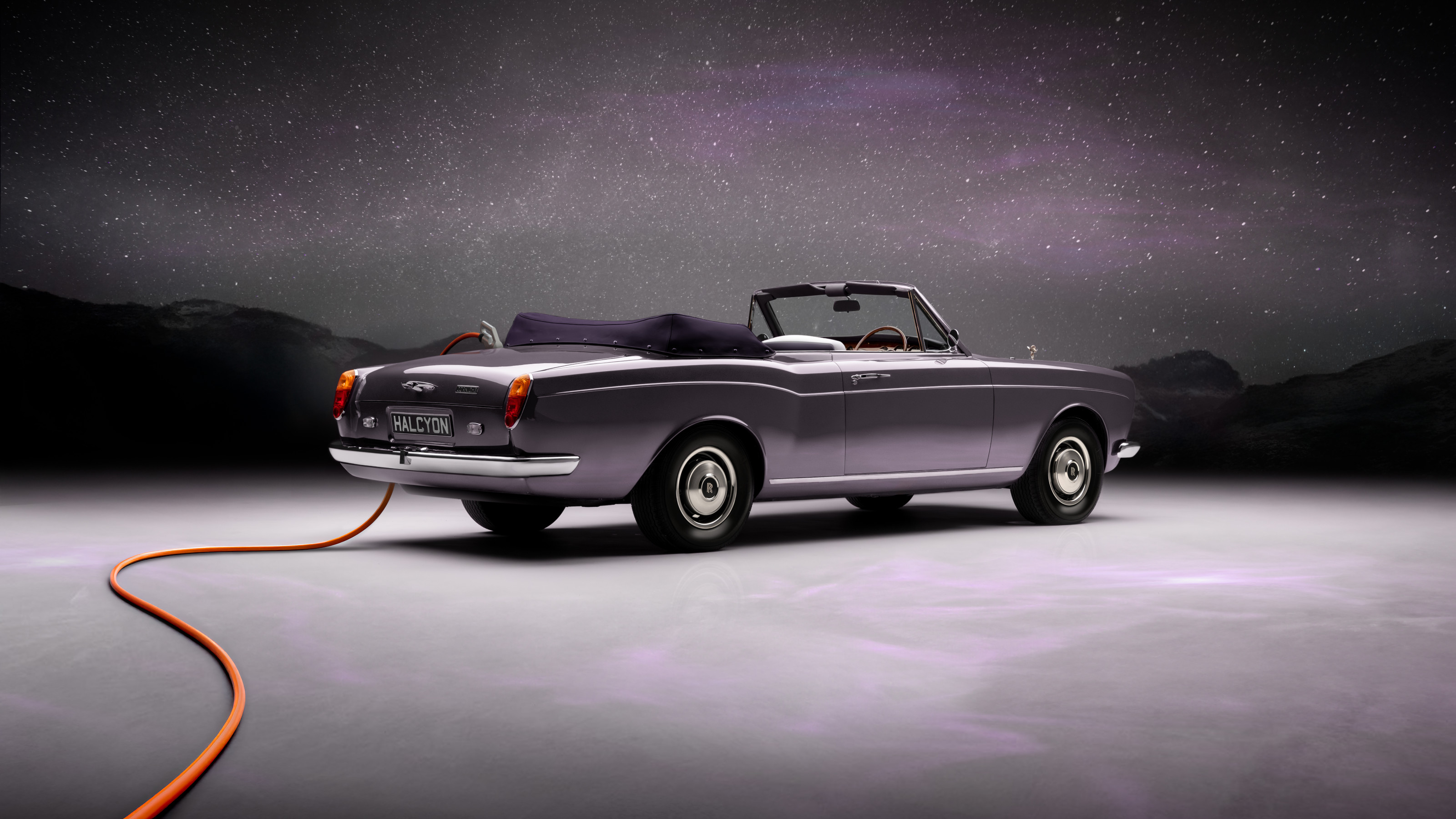 EV start-up Halcyon transforms a classic 1970s Rolls-Royce into a smooth electric operator
EV start-up Halcyon transforms a classic 1970s Rolls-Royce into a smooth electric operatorThis 1978 Rolls-Royce Corniche is the first fruit of a new electric restomod company, the Surrey-based Halcyon
By Jonathan Bell
-
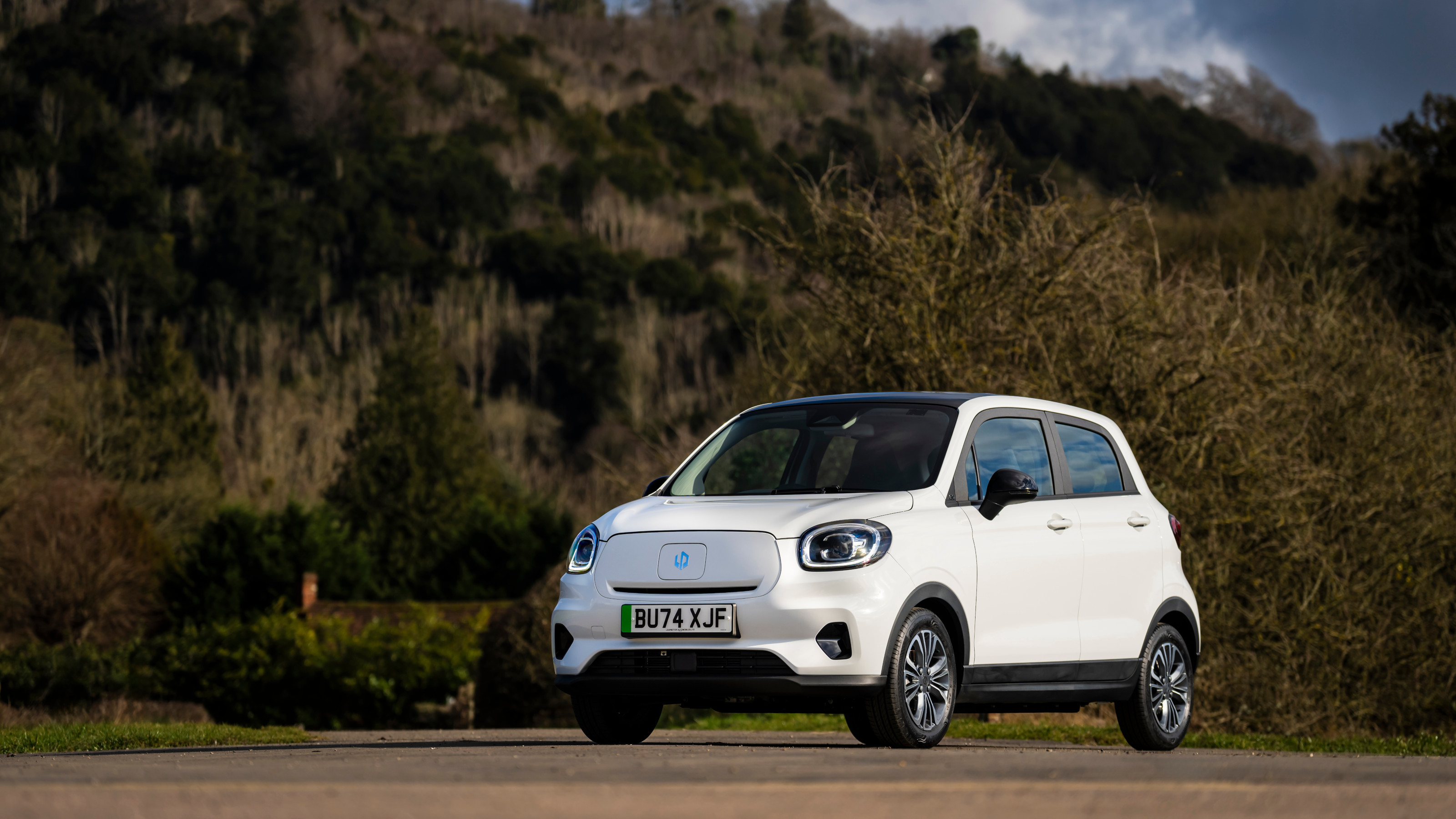 China’s Leapmotor pounces on the European car market with its T03 city car and C10 SUV
China’s Leapmotor pounces on the European car market with its T03 city car and C10 SUVLeapmotor’s tiny electric city car could be just the tonic for cramped urban Europe. We sample the T03 and its new sibling, the fully loaded C10 SUV, to see if the company’s value proposition stacks up
By Jonathan Bell
-
 Wallpaper* takes the wheel of the Bentley Blower Jnr for a rich automotive experience
Wallpaper* takes the wheel of the Bentley Blower Jnr for a rich automotive experienceHedley Studios has shrunk the mighty Bentley Blower into this all-electric, road-legal barnstormer. We take it to the streets of London
By Jonathan Bell
-
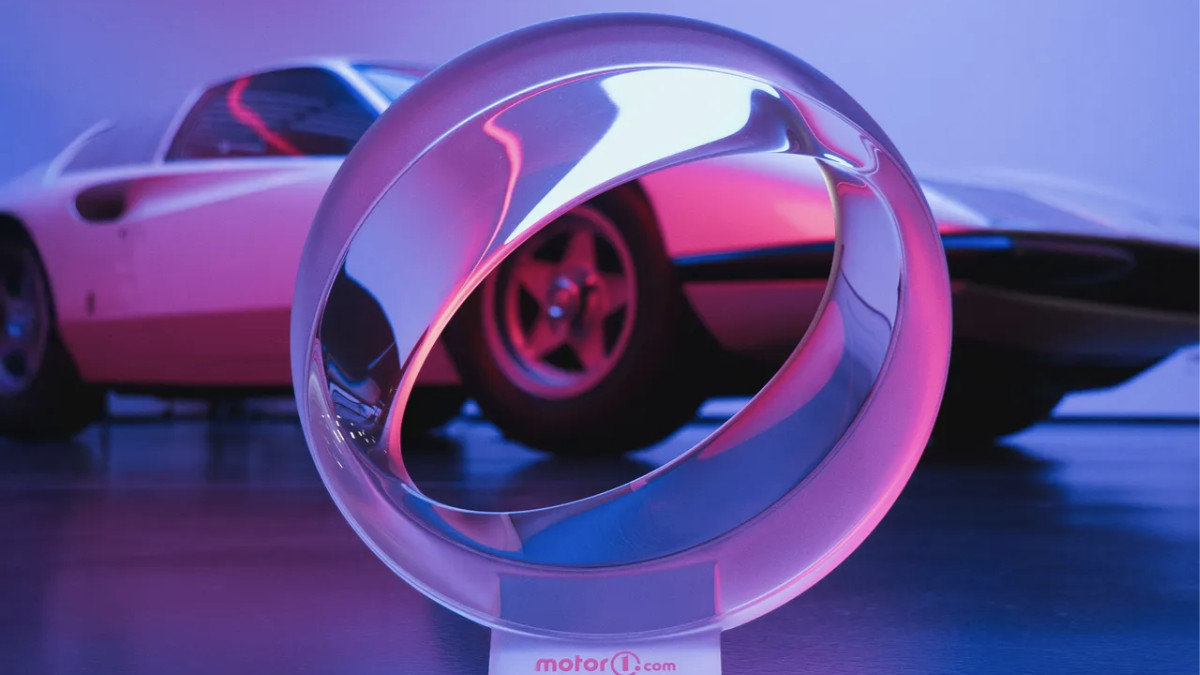 We are the world: Pininfarina’s ‘Orbis’ taps Papal support for an eco-friendly agenda
We are the world: Pininfarina’s ‘Orbis’ taps Papal support for an eco-friendly agendaThe Orbis is a ‘symbolic object’, a gift to Pope Francis from the Italian design agency at a time of political upheaval and social fracture around all aspects of sustainability
By Jonathan Bell
-
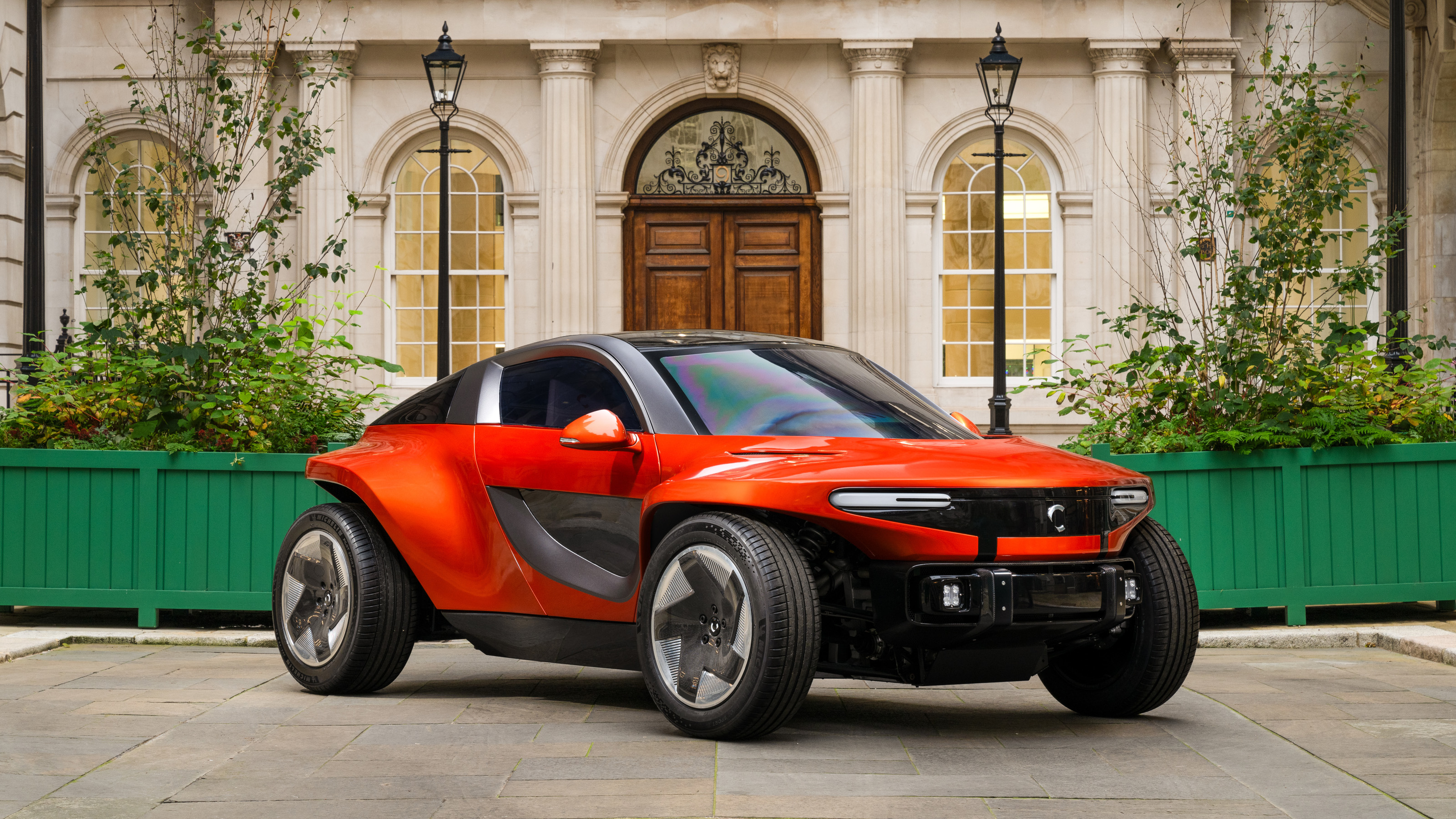 The exclusive Callum Skye EV reveals its interior style ahead of a 2025 launch
The exclusive Callum Skye EV reveals its interior style ahead of a 2025 launchThe Skye is a bespoke sporting EV with a lightweight ethos and an unconventional design. The forthcoming car now has a fully finished interior
By Jonathan Bell
-
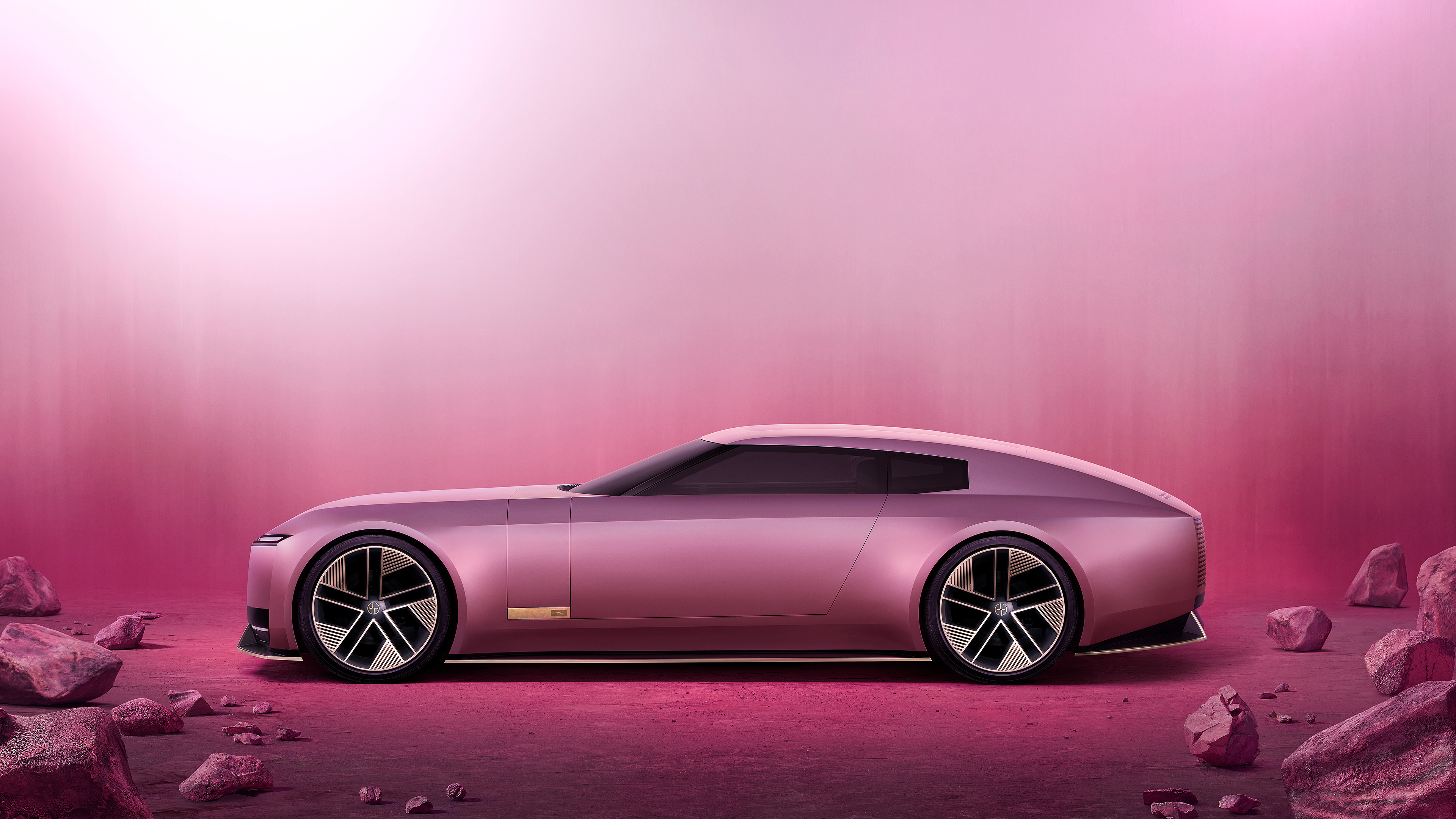 La Vie en Rose: can the Jaguar Type 00 reset the narrative surrounding the brand’s reinvention?
La Vie en Rose: can the Jaguar Type 00 reset the narrative surrounding the brand’s reinvention?This is the Jaguar Type 00, the first physical manifestation of the reborn brand’s new commitment to ‘Exuberant Modernism’. We take it for a semiotic spin
By Jonathan Bell